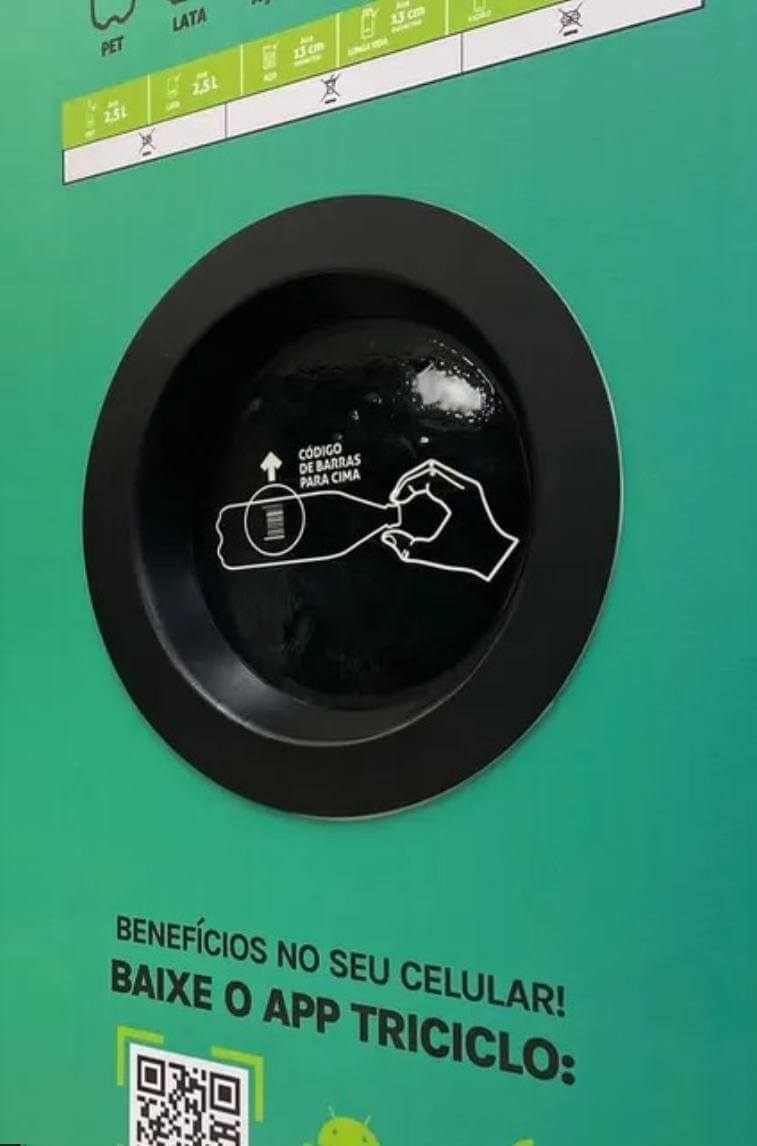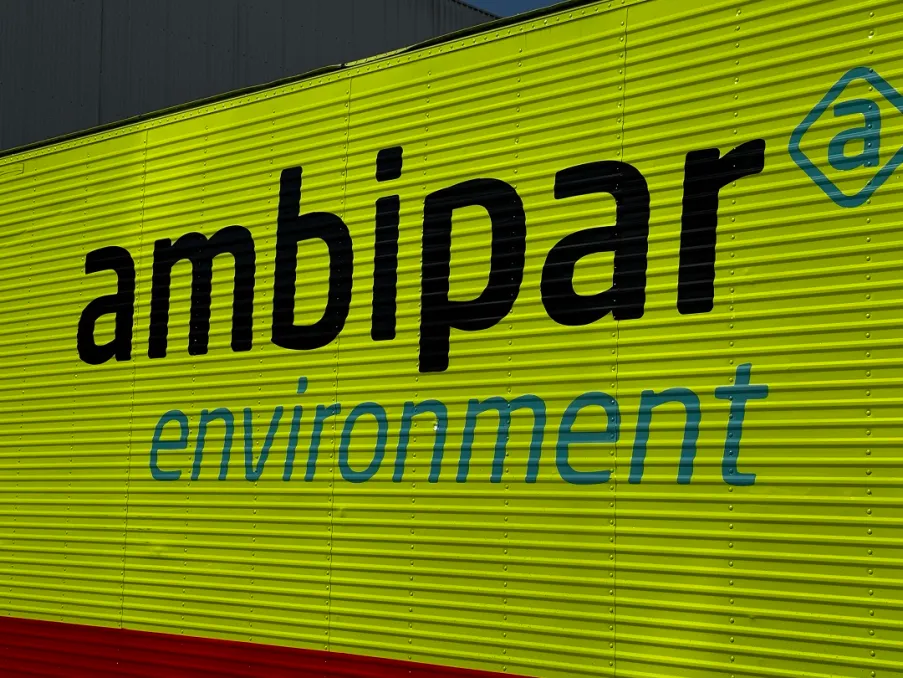Many companies have already learned to transform waste into money. What about yours?

By Marketing Team
Posted in March 17, 2024

How to identify opportunities for differentiating sustainable products. Did you know that, in 2020, the UN Global Compact had a record number of Brazilian companies enrolled? Now, the organization’s initiative includes 1,300 companies from the country. Although it still does not have a high rate of adherence to sustainability, Brazil has become a haven for managers who see the future in the segment.
To encourage companies to join the sustainable segment, the BNDES reduced interest rates on financing for those demonstrating real ESG initiatives. Therefore, in addition to being important for the planet, sustainable actions should increase in organizations precisely because of economic benefits. It is necessary not only to invest in socio-environmental initiatives but also to know how to differentiate yourself from an increasingly competitive market.
Many companies across Brazil have already learned to transform waste into money. What about yours? See how to identify opportunities to differentiate sustainable products in the market.
Laypeople often confuse an eco-friendly product with a sustainable one. As similar as they are, there are indeed differences — and your company can stand out with this.
An eco-friendly product is one that strives to generate the least possible impact on the ecosystem. Meanwhile, a green company, in addition to not affecting the environment, also has initiatives to reduce overall impacts. This includes not only the consequences for the ecosystem but also the damage that its production can cause to the consumer — such as the use of electricity and water waste, for example (factors that affect the entire population). Even the health of the customer is taken into account.
Finally, there is the sustainable product, which, in addition to generating less impact and being concerned with the consumer, also prioritizes the quality of the item itself — because it is no use creating a product if, in the end, its lifespan is shorter.
Quality and durability are the main differentiating factors between an eco-friendly, green, and sustainable product.
Attention to the consumer sector
In addition to worrying about factors such as durability and quality, the industry needs to be attentive to consumer needs. As a leader in environmental management, Ambipar helped create a solution that, through an innovative technology center, combined sustainability with public desire.
Brazil is the fourth largest market for beauty and personal care in the world. Moreover, sales of Personal Hygiene, Perfumery, and Cosmetics (HPPC) products grew 4.7% in 2020, reaching R$ 122.408 billion. In Nova Odessa (SP), where Ambipar is headquartered, a group of researchers is dedicated to turning waste into products — and could not leave the cosmetics sector out.
One of the most recent discoveries was the possibility of transforming leftover collagen capsules into a base for producing personal hygiene and care items, such as soaps, shampoos, and conditioners. This idea has already been exported to Ambipar’s international branches.
Longer life cycle
A sustainable product must avoid low durability, as this increases the amount of waste discarded and reduces its life cycle.
An example of a durable product is Ecotinta, produced from Sludge from Water Treatment Plants (WTP). In addition to complying with the new National Solid Waste Policy (PNRS), the paint has 16 chemical compounds that provide excellent adhesion, durability, aesthetics, and coverage. It also offers protection against fungi, humidity, and bacteria.
Circular economy
The circular economy is, basically, the engine of sustainability. The concept refers to the union between the best use of natural resources and economic development. This includes the reuse of waste, the intelligent recovery of used resources, less dependence on virgin raw materials, increased efficiency in process development, and product use.
Financial savings, renewal of raw materials, considerably less environmental impact, and even a higher quality of life for the surrounding population are some of the benefits that the circular economy can offer.
An example of a product developed by the circular economy is Eco Alcohol, developed by Ambipar. The product’s raw material is the waste from soybean, corn, wheat, rice, and other grains found at the Port of Santos, which would otherwise be sent to landfills. Besides reinserting the product into the production chain, the alcohol production also brings financial benefits, as companies no longer have to pay for waste disposal to landfills.
Seals and certifications
The company needs to be concerned with all these factors, of course, but the consumer must know about these priorities before choosing between your product and the competitor’s. But how to ensure that your merchandise is truly sustainable?
Seals and certifications are a way to guarantee to the consumer that your company truly invests in more sustainable processes. In Brazil, there are more than 30 types, such as LEED, Procel Buildings, Carbon Trust Standard, FSC, and ISO 50001. Besides showing the company’s concern for a more sustainable world, they add value to the brand and enhance partnership opportunities.
The calculation of a product’s carbon footprint and its life cycle analysis are important measurements to enhance the company’s commitment activities and highlight it against competitors.
Currently, Ambipar has ISO certifications (9001, 14001, 45001, 22320), the Health, Safety, Environment, and Quality Assessment System (SASSMAQ), and follows the GRI (Global Reporting Initiative) indicators. Additionally, it has achieved the Together for Sustainability (TFS) certification.
Responsible Communication
A company that invests in sustainable actions and products should indeed communicate this to its audience. This will not only make current customers aware of its initiatives but also attract those who prioritize organizations with social responsibility.
Communication is also fundamental for providing feedback to the public during difficult situations or crises, both inside and outside the company. Speaking of the internal aspect, communication helps to engage employees and stakeholders in more sustainable actions.
Here also lies the importance of creating and publicizing the company’s sustainability report, a document that shows current initiatives and goals focused on the socio-environmental sector. It is also a public commitment between the organization, employees, and consumers.
Ambipar understands the importance of creating products that make a difference in the environment and the market. Thanks to a specialized team and constant investments in technology, the company can provide customized innovations for each client.
- Explore our portfolio and see how our specialists are prepared to offer the solution your company needs.


